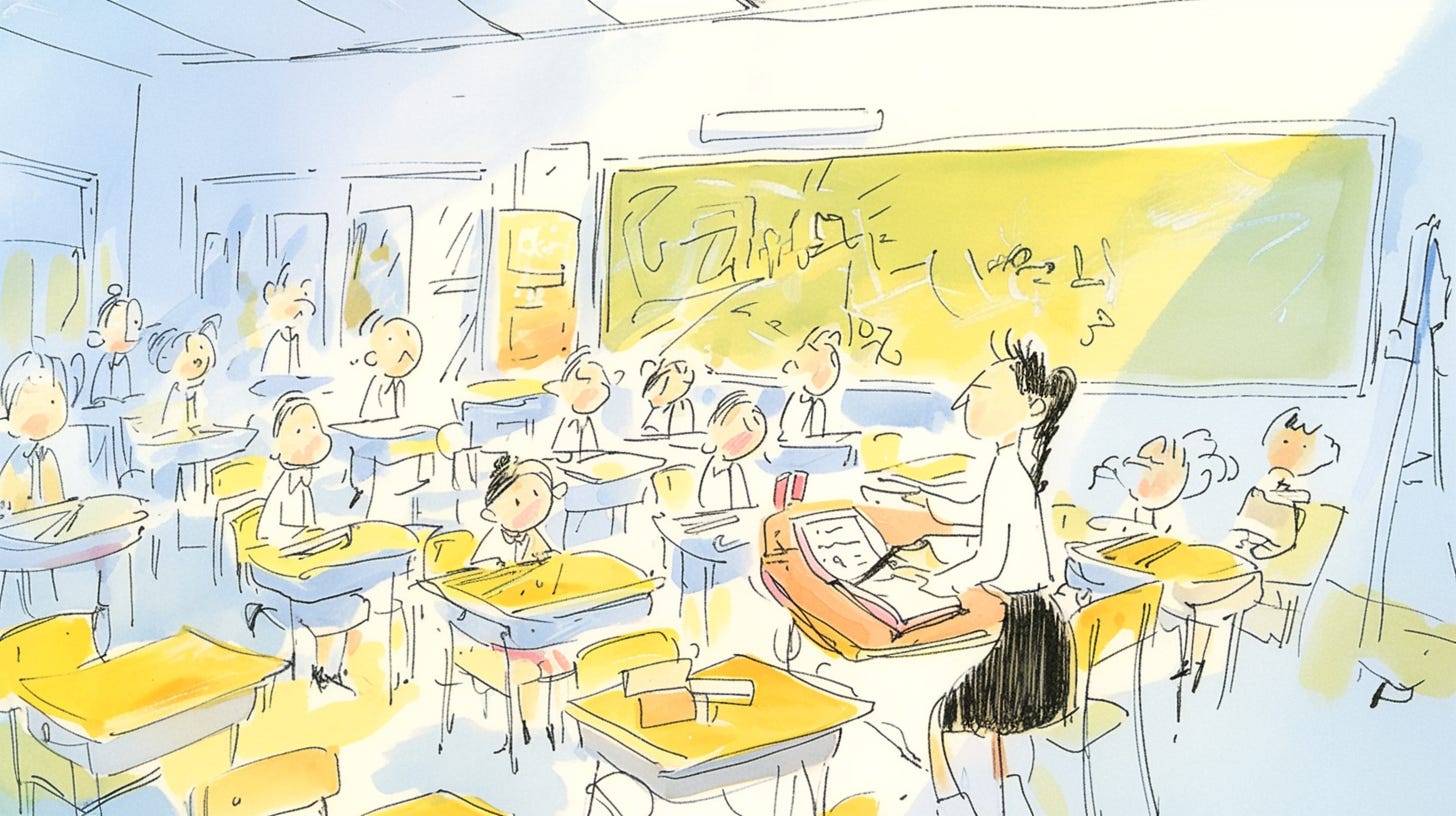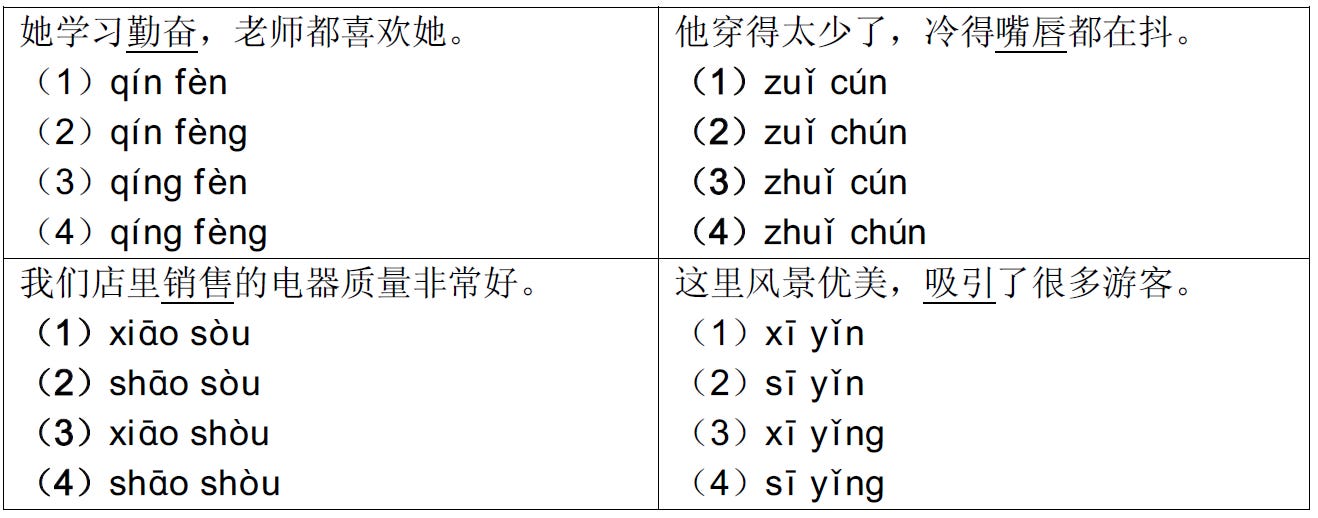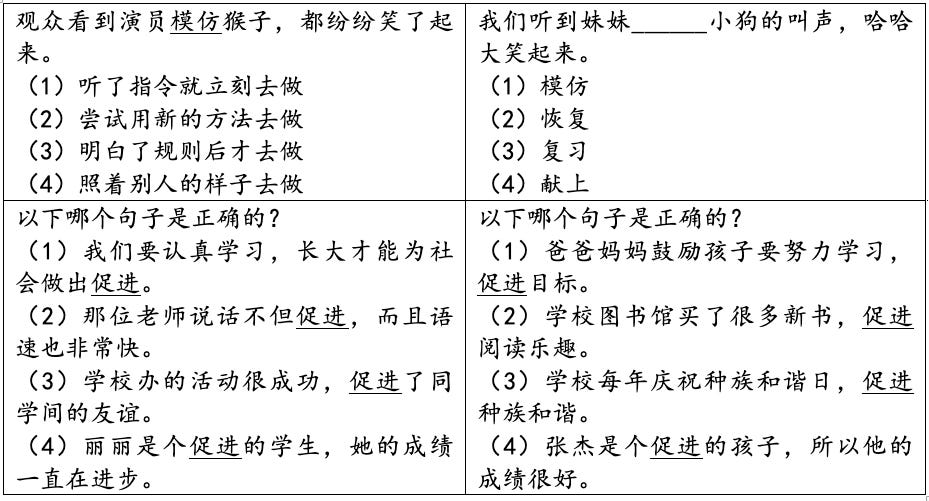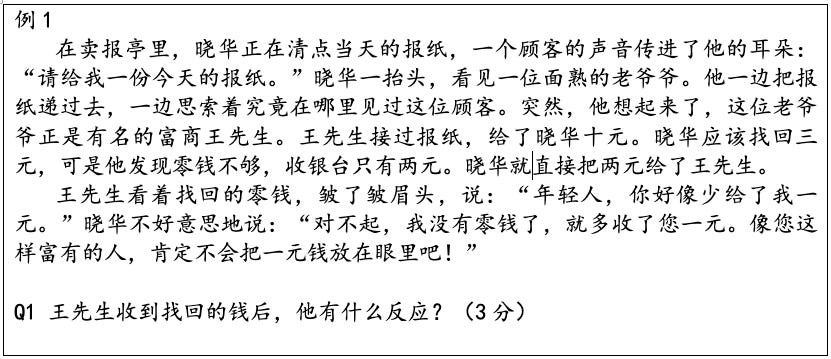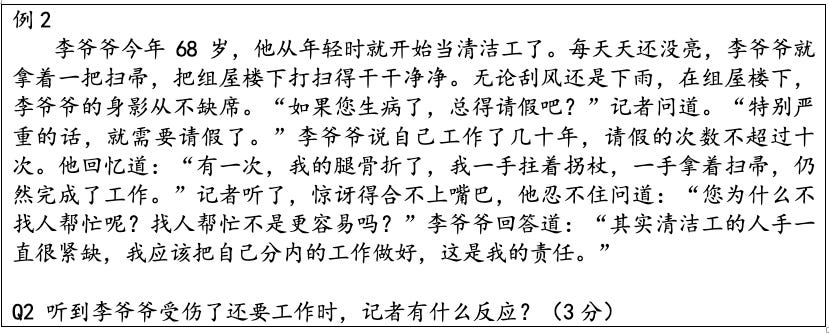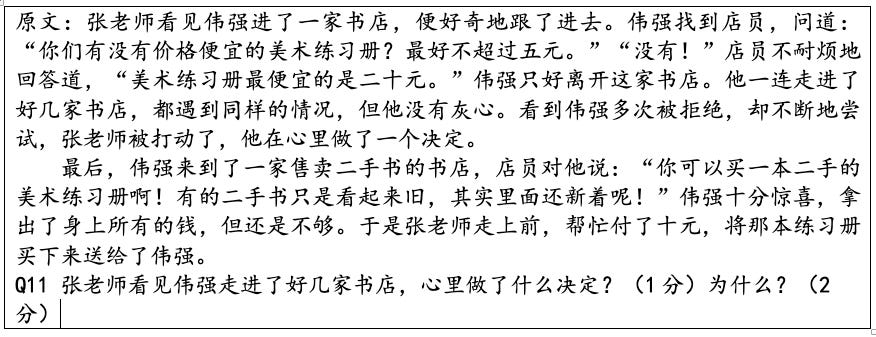2025 Chinese WA1: Common Language Use & Reading Comprehension Questions
Check out how we apply our three-step answering technique to tackle reading comprehension questions.
Hope you’ve had a chance to look through our Science and Maths WA1 Annotated Solutions Guides.
Today, we’ll be looking at some trending Chinese language use and reading comprehension questions that have been tested across various schools. Check out how we apply our three-step answering technique to tackle reading comprehension questions in our Chinese WA1 Annotated Solutions Guide.
Trending Question Types: Language Use
In the WA1 exam, most schools do not set a full paper totalling 90 marks. However, the majority do include both Language Use and Reading Comprehension sections.
Language Use
These are the common pinyin questions from several schools.
Although these are questions from different schools, they all test the distinction between the initial consonants x and s, the difference between front and back nasal sounds, and the contrast between flat and retroflex tongue sounds. If you find it difficult to differentiate, it's important to pay extra attention to these initials and ending sounds.
When revising Pinyin, take note of the following distinctions:
The front and back nasal sounds: in and ing; en and eng.
The flat and retroflex tongue sounds: z and zh; c and ch; s and sh.
The initial consonants: s and x; g and k; b and p; n and l.
In the table below, you will find vocabulary questions from several schools.
WA1 exam typically covers vocabulary from Lesson 1 to 4 of P6, with each lesson containing over 20 words. Take a look at these questions: "模仿" and "促进" have been chosen by different schools, almost coincidentally.
Some of the more challenging verbs are must-know vocabulary, while others are less important as their usage is more straightforward, such as "煎炸" , "踩" , and "粘贴" . Additionally, be aware that incorrect options often include familiar words from the textbook, such as "献上" and "复习". So, don’t choose a word just because it’s familiar!
Trending Question Types: Reading Comprehension
Here are some questions that are trending in 2025. Let’s take a look at two examples:
Reading Comprehension
These two questions both focus on ‘the character's reaction.’ To answer them accurately, follow our three-step answering technique:
Step 1: Locate the relevant part in the passage
Step 2: Underline the sentence in the passage
Step 3: Modify the sentences
Q1 答:王先生的反应是看着找回的零钱,皱了皱眉头,告诉晓华好像少给了他一元。
Q2答:记者的反应是惊讶得合不上嘴巴,忍不住问李爷爷为什么不找人帮忙,找人帮忙更容易。
Find out how to use our three-step answering technique to arrive at the correct answer: Chinese WA1 Annotated Solutions Guide.
Challenging Questions
Here are two stretch questions to challenge yourself with:
Example 1
你认为李爷爷有什么值得你学习的地方?试加以说明。(4分)
This question is divided into two parts. The first part asks about the theme of the article, which can be challenging. Some students may struggle to understand the theme or find an appropriate word to summarise it. However, for many students, the real difficulty lies in the second part, "Please explain."
Likewise, use our three-step answering technique (for subjective questions) to tackle this question:
Step 1: State the theme
Step 2: Explain it using content from the article
Step 3: Describe its application and significance in real life
参考答案:我认为李爷爷的坚持不放弃值得我们学习。在文中 ,李爷爷从年轻时就开始当清洁工,他每天天还没亮就开始工作,几十年请假次数不超过十次,就算受伤了也继续工作。如果我们拥有这种坚持不懈的精神,那么做什么事都会成功。如果遇到事情就放弃,就算一件不太难的事,也做不好。
Example 2
最后,晓华明白了什么道理?你会怎么样把这个道理运用在学习上?(3分)
This is also a subjective question, and when answering the second part, students often struggle to provide enough content to score full marks.
Likewise, we can solve this question using our three-step answering technique. However, since the question asks "how to do it," Step 3 should focus on how to do it rather than the consequences.
参考答案:我认为晓华明白了无论大事小事,都应该认真对待。在文中,王先生在卖报亭买报纸,晓华少给了他一元钱,他也会认真对待。我们在学习上也应该认真对待,上课要认真听课,做功课要专心,做错了的题目和写错了的字要改正,这样才能有一个好成绩。
Find out how to use our three-step answering technique to arrive at the answer: Chinese WA1 Annotated Solutions Guide.
Common Misconceptions & Mistakes (with Tips to Avoid)
Let’s take a look at some common reading comprehension mistakes so we can avoid repeating them.
Mistake 1: Did not answer both parts of the question
Student’s Answer: 张老师决定帮伟强付钱买二手的美术练习册。因为伟强一连走进了好几家书店,提出同样的要求,都遇到同样的情况,但伟强并没灰心,这让张老师感动。
Analysis: Students typically do not address the second part of the question, which asks "Why?” In fact, this student’s answer appears quite similar to the correct one, but the response was not based on the content of the article. Instead, the answer was written entirely in the student’s own words. While the passage was understood, full marks were not awarded.
Tip: Most reading comprehension answers are based on sentences from the article. Students must carefully search the passage for relevant information—unless it’s not stated explicitly. They should avoid answering in their own words when the answer can be directly found in the text.
Correct Answer:张老师决定帮伟强买一本美术练习册。因为他看到伟强多次被拒绝,却不断地尝试,他被打动了,所以做了这个决定。
Mistake 2: Did not fully understand the question
Student’s Answer: 最后晓华明白做事要认真。我会认真地上课,才能得到一个好成绩,让爸爸妈妈满意,我也不会被骂。
Analysis: Most students will only score 1.5 marks if they answer it this way. From the example above, we can see that the student's answer focused on the benefits of being diligent, rather than explaining “how to do it.”
Tip: When answering subjective questions, it’s important to apply the three-step answering technique. Students must also fully understand the question to avoid going off-topic.
Correct Answer: 我认为晓华明白了无论大事小事,都应该认真对待。在文中,王先生在卖报章买报纸,晓华少给了他一元钱,他也会认真对待。我们在学习上也应该认真对待,上课要认真听课,做功课要专心,做错了的题目和写错了的字要改正,这样才能有一个好成绩。




